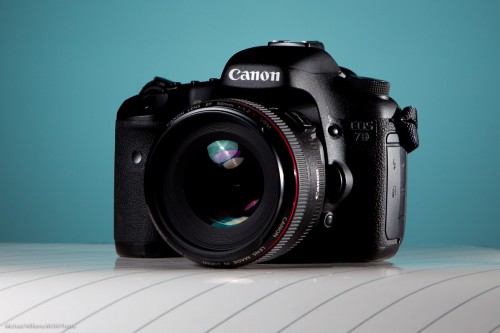I am often asked “should I go full frame”?
A full frame camera is a camera whose sensor is the same size as a negative used to be. Cheaper cameras, on the other hand, have a slightly smaller sensor. We call these “crop cameras”.
Making a camera with a smaller sensor means that it, and its lenses, can be:
- Cheaper
- Lighter
- Smaller
That’s good. But it also means a few not-so-good things:
- Smaller viewfinder
- Lower picture quality (more “noise”)
- Slightly lower ability to create blurry backgrounds
- Lenses “appear longer”: good when you want telephoto; less good when you want wide angles.
So you take your pick. Most people start with an affordable crop camera, but go to full frame eventually.
More importantly: lenses. Some lenses can only be used on crop cameras. These lenses (EF-S for Canon, DX for Nikon) are cheaper, smaller, lighter—but they are less future proof. The other lenses can be used on any camera: crop as well as full-frame. It is the latter kind of lenses I recommend, in case you go full-frame at some later stage.
Now, off to a Toronto bank to do executive portraits. Later!


Quick questions, I have 7D and a 50D as my backup, what would be a suitable full frame up from the 7D? Are full frame slower then say my 7D?
Answering this as today’s post, stand by